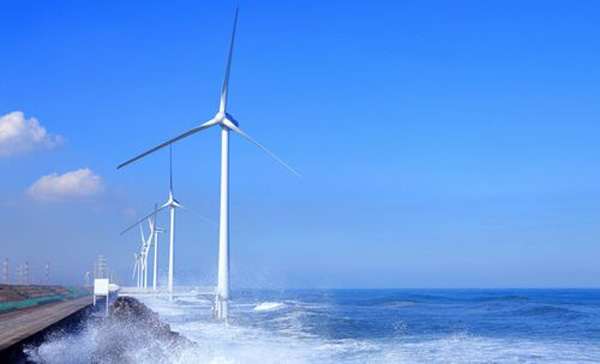Why is SO gambling our health and dollars on Plant Vogtle when Georgia Power could be getting on with solar power? SO CEO Tom Fanning avoided the first part of Gloria Tatum’s question by simply denying it, and danced around the second part by saying the rate hike for Plant Vogtle’s cost overruns would only be 6 to 8 percent, not 12 percent. Do you want to pay 6 or 8 percent more for a radioactive white elephant when you could be getting power from the sun for less?
The floor person at the 22 May 2013 Southern Company Stockholder Meeting introduced Gloria Tatum with 164 shares, representing Nuclear Watch South, and the SO CEO insisted
TF: Call me Tom. Gee whiz.
GT: Tom. Hi,Tom. It’s great to be here on this beautiful day.
TF: Thank you. Yes ma’am.
GT: And I know Southern Company’s done many wonderful things, but I want to point out a few things to you today.
First, you know, after the Fukushima meltdown, TEPCO’s $50 billion nuclear complex became a worthless liability. The deadly radiation still circles the planet, polluting the earth and increasing cancer. Other countries have abandoned their nuclear and they’re looking to renewable, but Southern Company’s affiliate, Georgia Power, continues construction on two new nuclear reactors at Plant Vogtle. Now Shell Bluff is a community down the stream from Plant Vogtle and it has experienced a 25 percent increase in cancer since Vogtle 1 and 2 have been built.
Another problem with Vogtle Continue reading





